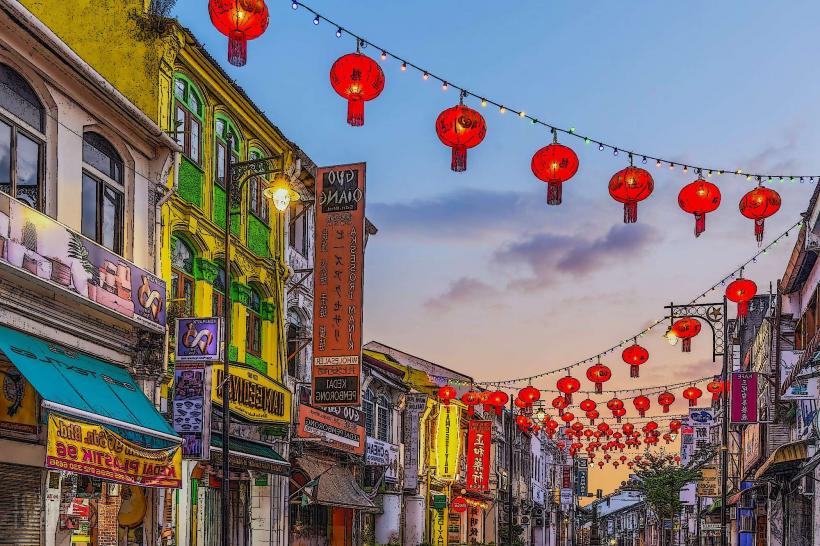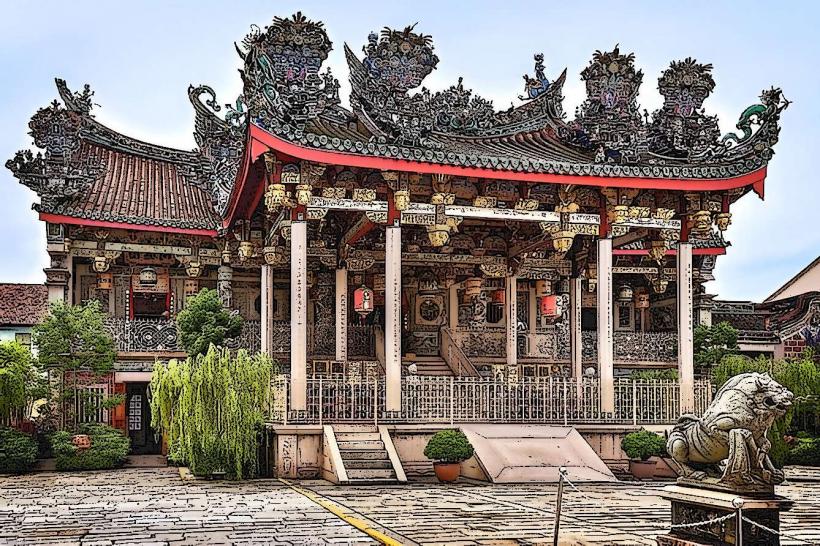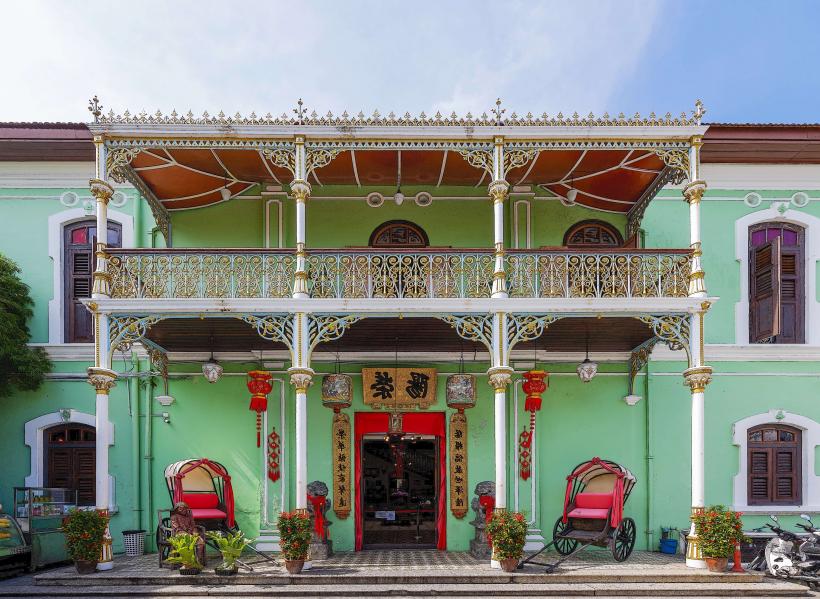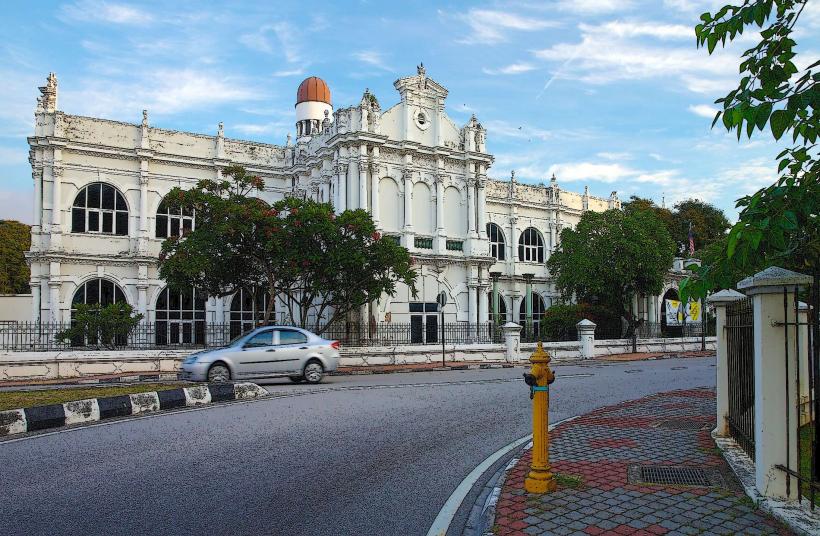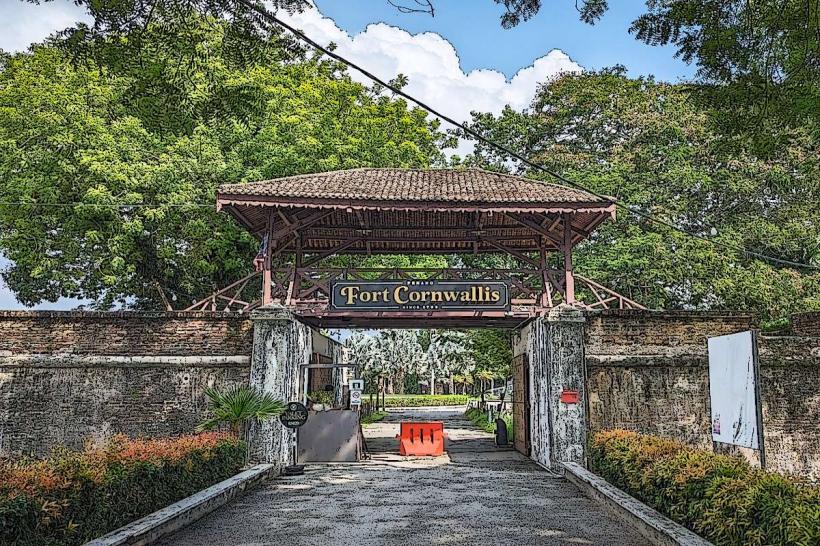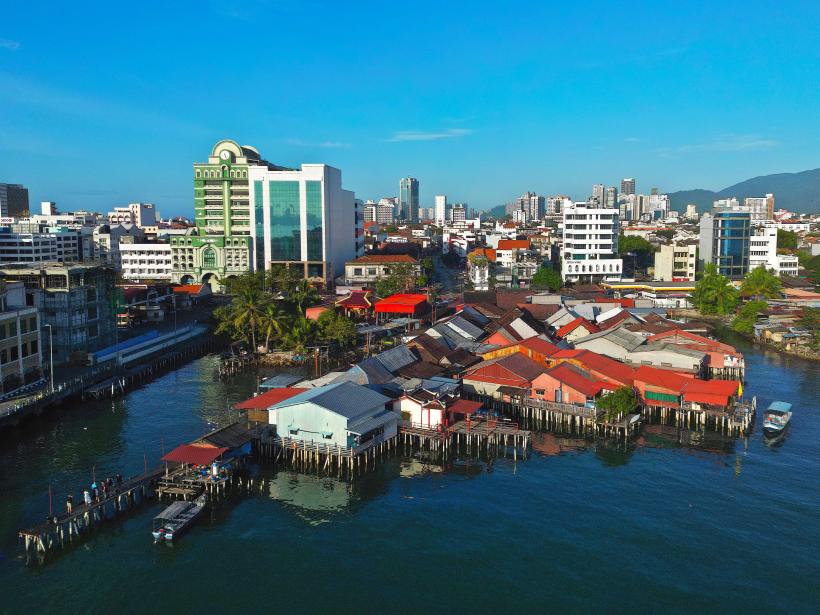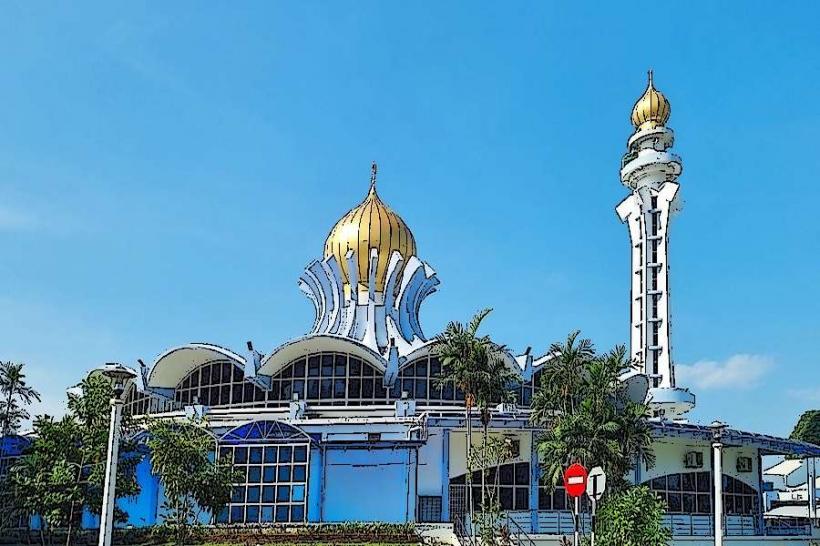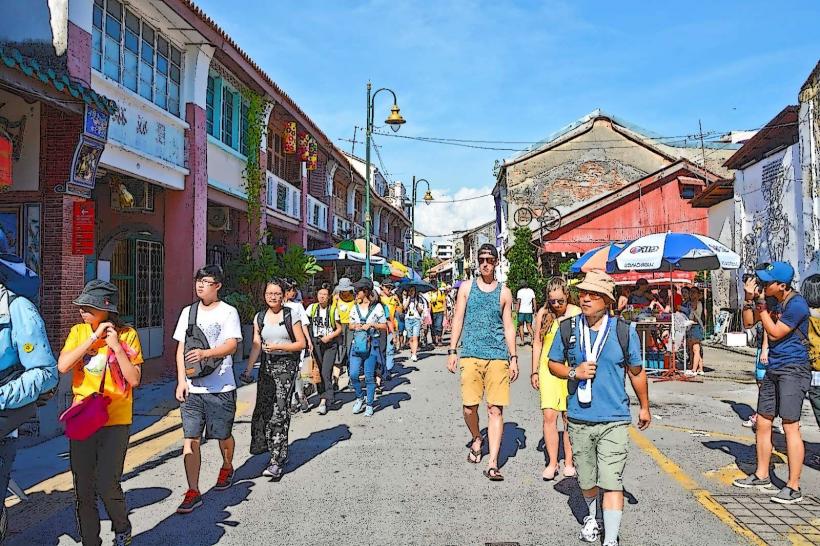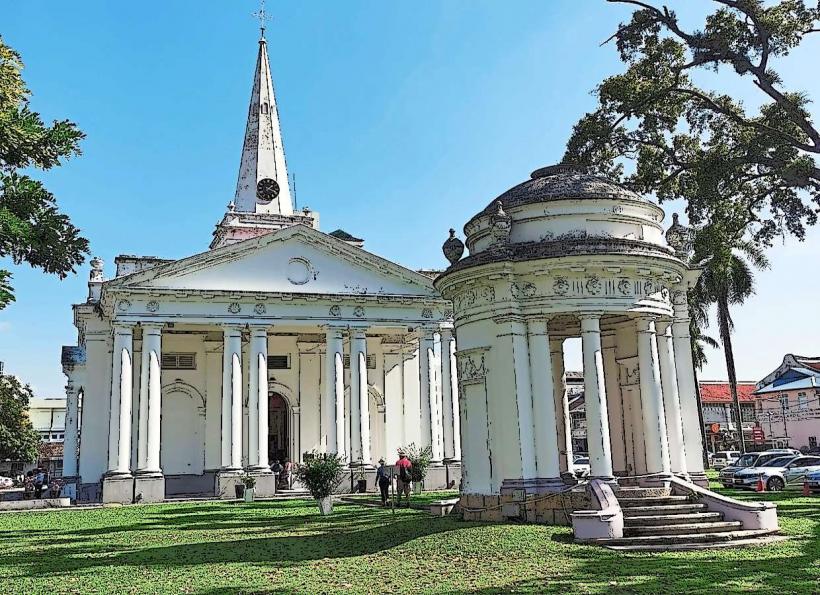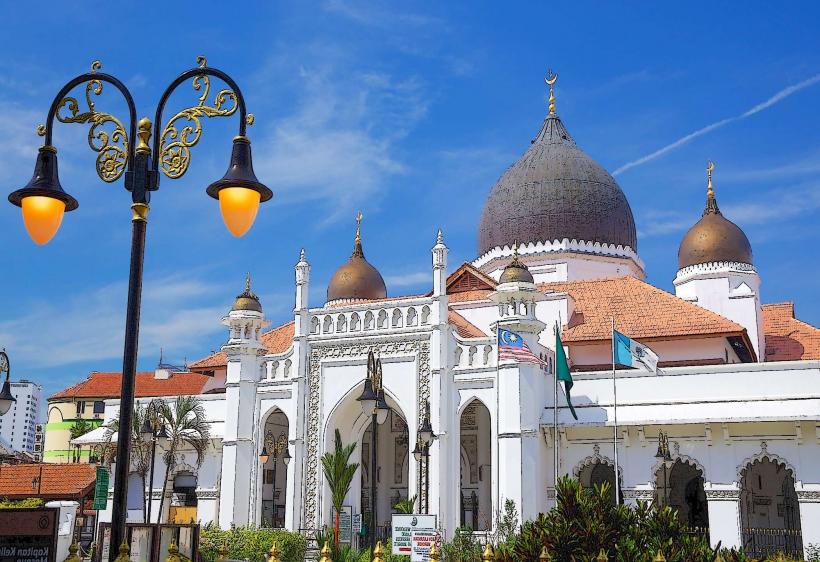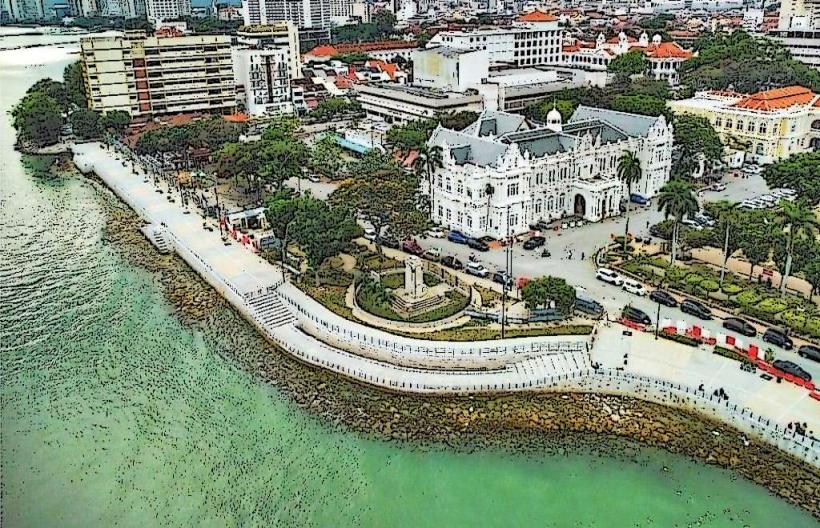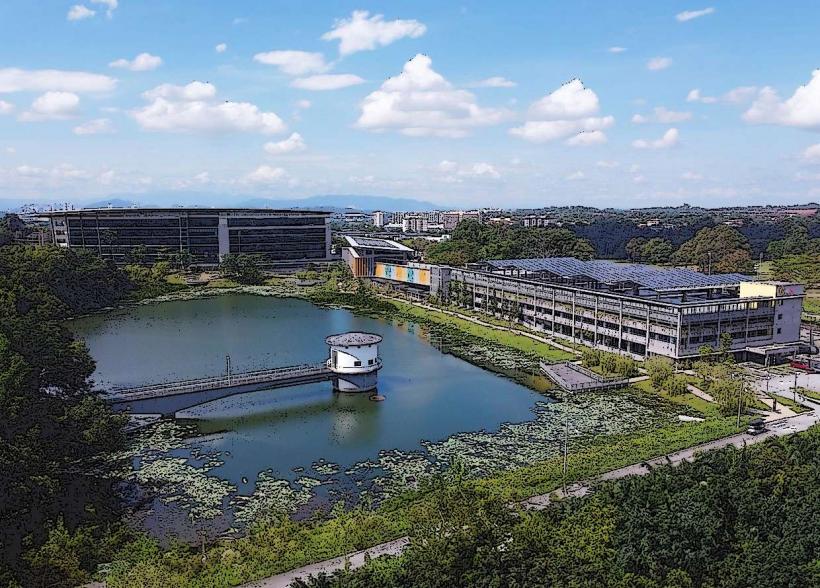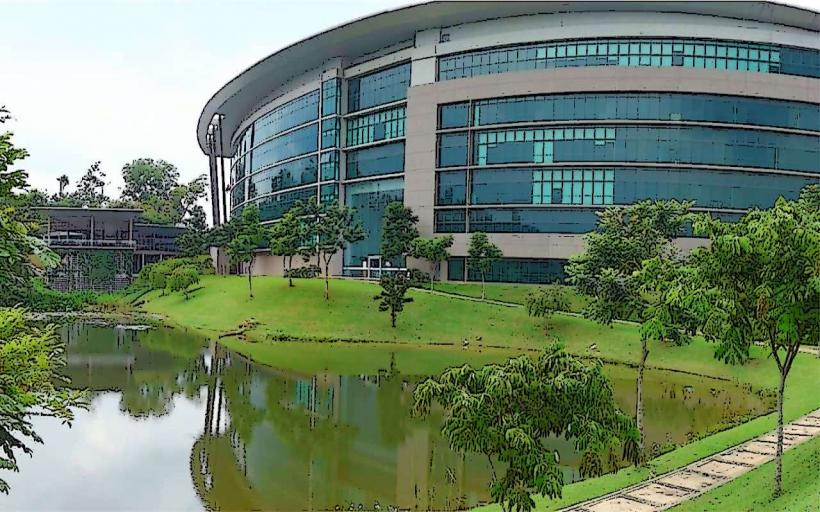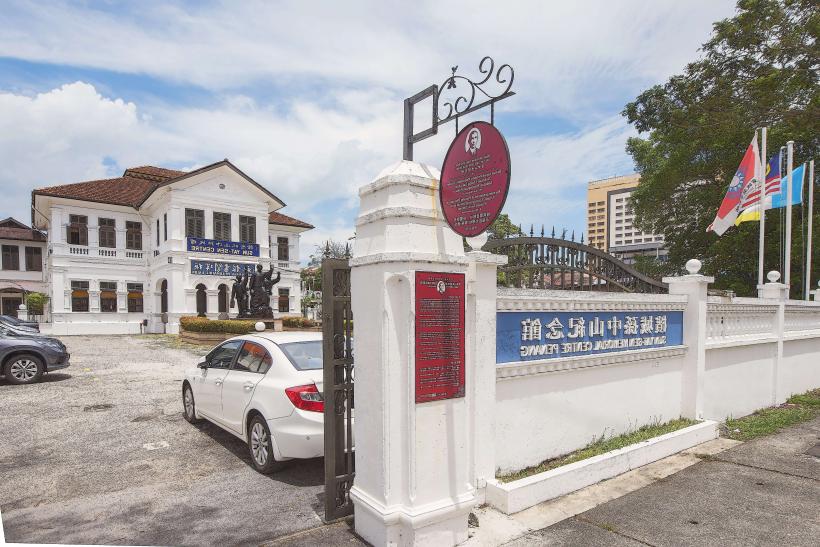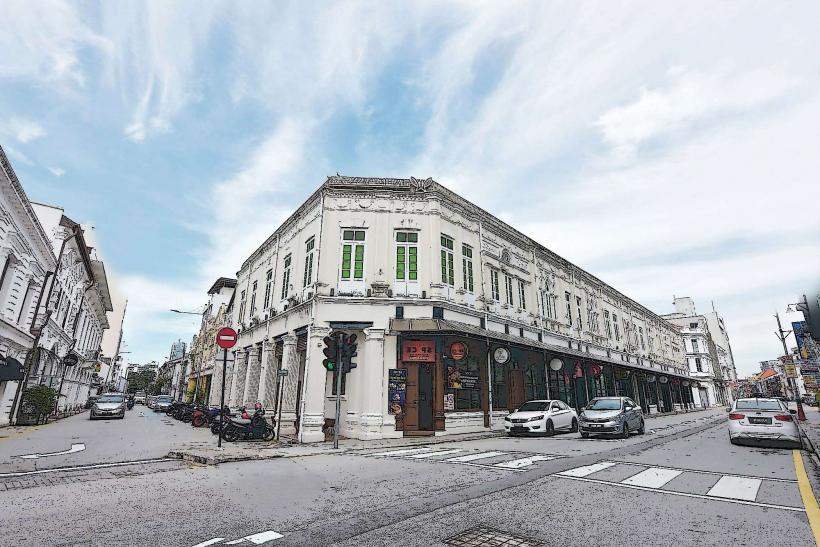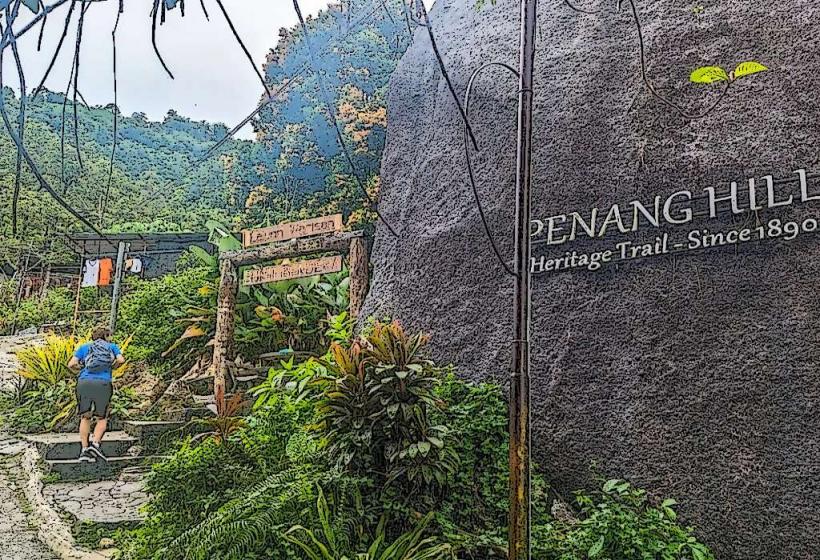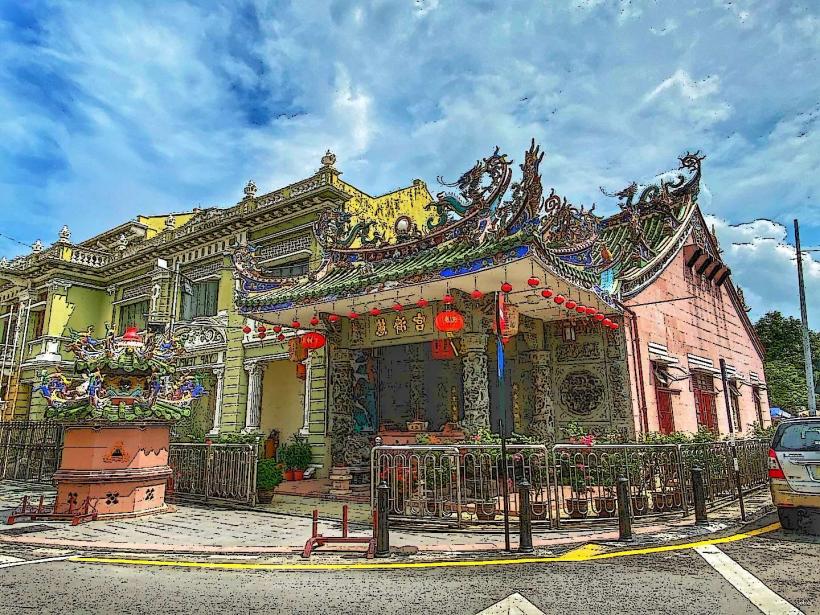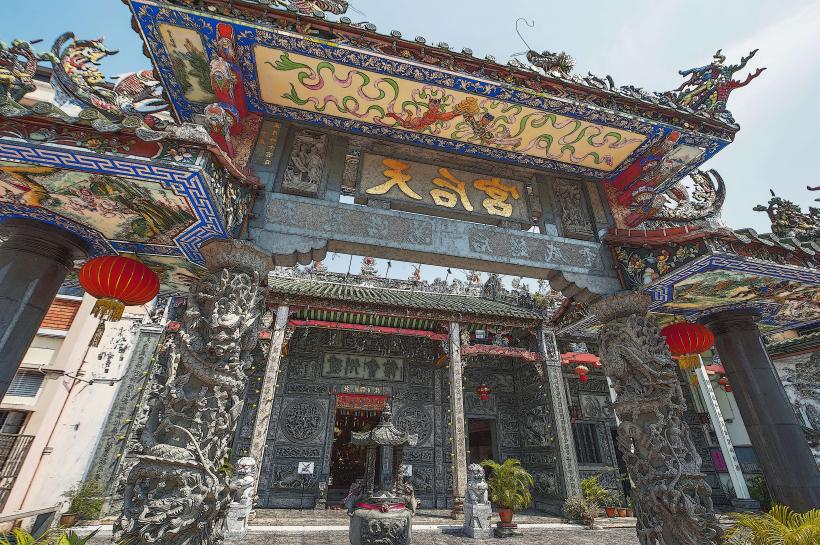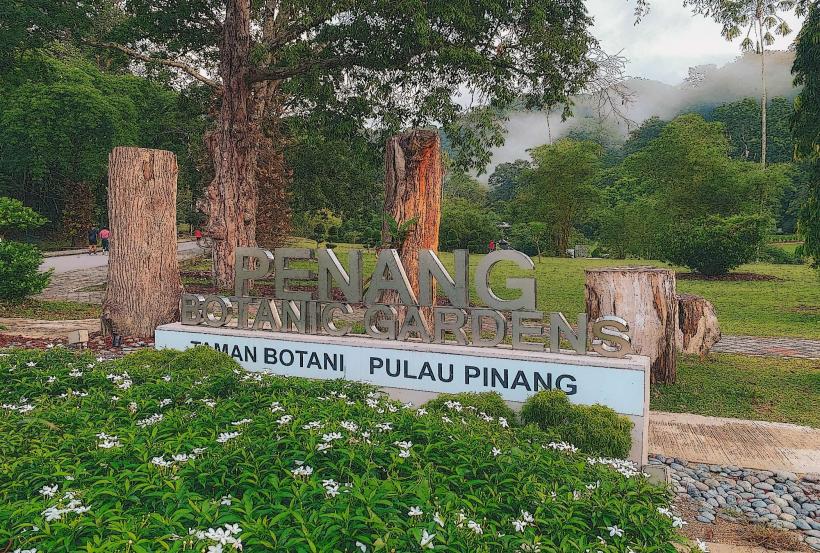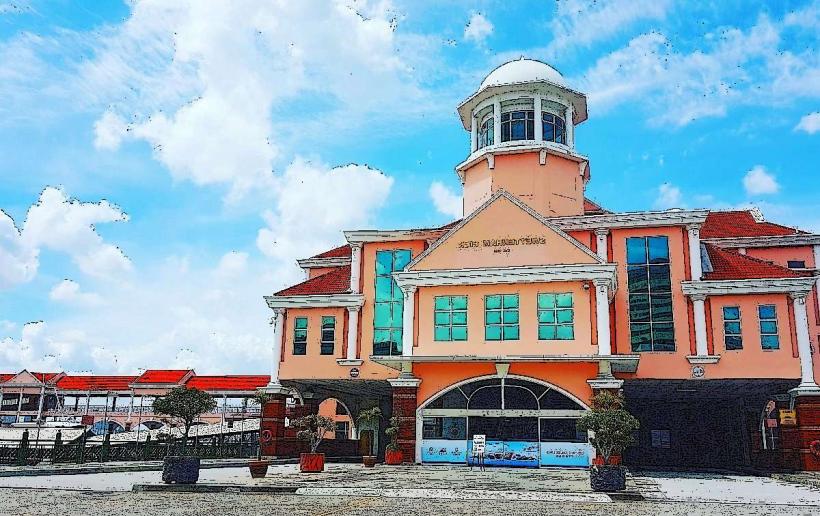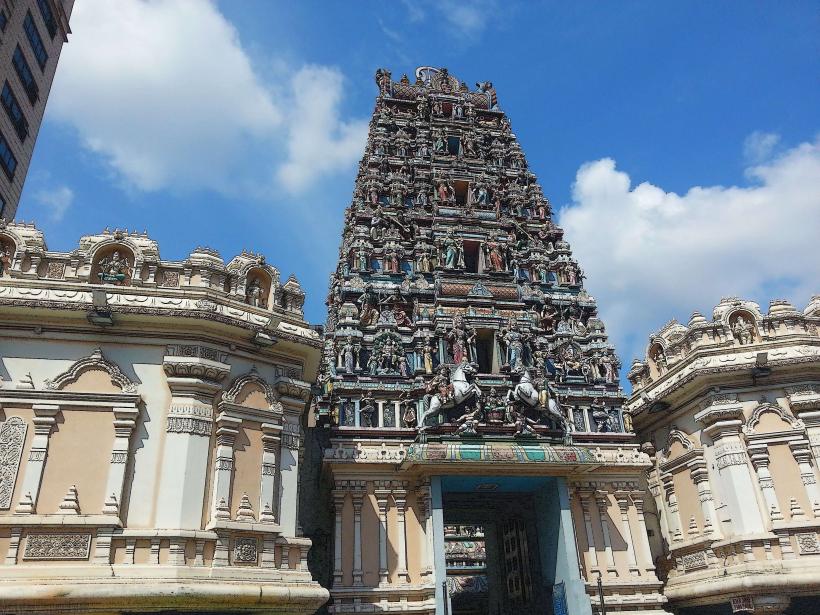Information
Landmark: Cheong Fatt Tze Mansion (Blue Mansion)City: George Town
Country: Malaysia
Continent: Asia
The Cheong Fatt Tze Mansion, commonly known as the Blue Mansion, is one of the most iconic and historically significant landmarks in George Town, Penang, Malaysia. This beautifully restored mansion reflects the legacy of Cheong Fatt Tze, a prominent Chinese merchant and business tycoon of the late 19th century, often referred to as the "Rockefeller of the East." The mansion is renowned for its distinctive blue color, architectural elegance, and historical importance, making it a significant example of Peranakan (Straits Chinese) architecture in Penang.
1. Overview
- Location: 14, Lebuh Leith, George Town, Penang, Malaysia
- Established: The mansion was built between 1890 and 1904 by Cheong Fatt Tze, a Chinese businessman who amassed his fortune through trade, banking, and real estate.
- Type: Historic Mansion, Museum
- Significance: The mansion is an exceptional example of 19th-century Chinese architecture and serves as a testament to the opulence and influence of the Straits Chinese or Peranakan culture in Penang. It is a symbol of Cheong Fatt Tze’s wealth and influence in Southeast Asia.
2. Architecture and Design
The Cheong Fatt Tze Mansion is a stunning example of Chinese and Malay architecture, with a unique combination of colonial, Chinese, and local Malay design elements. Its distinctive blue exterior and intricate decorations make it a striking visual landmark in George Town.
1. Unique Blue Color
- The mansion is famously known for its vibrant blue color, which was originally a mix of lime and natural pigments. The color was chosen because it was believed to ward off evil spirits and bring prosperity. The shade is now an iconic feature of the building, giving it the nickname “Blue Mansion”.
2. Architectural Style
- The mansion features a blend of Western colonial architecture, Chinese traditional design, and Malay influences. This combination is typical of Peranakan (Straits Chinese) houses, reflecting the cultural fusion of the Chinese and Malay communities.
- Chinese Elements: The roof tiles have distinctive Chinese motifs, and the house is filled with Chinese antiques, such as wooden carvings and furniture. The courtyard layout is inspired by traditional Chinese designs.
- Colonial Elements: The European-style windows and wooden shutters are typical of colonial buildings in the region. The mansion was also designed to reflect the influence of Western styles, with symmetrical rooms and a central hall.
- Malay Influence: The mansion incorporates Malay elements in its ornate wooden carvings and use of local materials, including teak.
3. Layout
- The mansion is a three-story building with a large central courtyard. It has 38 rooms, including bedrooms, living rooms, and storage spaces. The main areas of the mansion are:
- The Grand Hall: This spacious and luxurious hall is adorned with European furniture and Chinese décor, creating a rich blend of cultures. It was the space for hosting guests and family gatherings.
- The Courtyard: The central courtyard, open to the sky, is designed for ventilation and light. It is an important feature in traditional Chinese architecture and symbolizes harmony with nature.
- The Living Quarters: The mansion's living spaces are equipped with antique furniture and decorative items that reflect the lifestyle of Cheong Fatt Tze and his family. The rooms are also filled with decorative ceramics, golden chandeliers, and teak wood paneling.
- The Roof: The roof tiles are decorated with Chinese-style motifs, and the structure features decorative gable ends, which are traditionally used to ward off evil spirits.
- The Garden: Surrounding the mansion is a small garden, with lush greenery, plants, and traditional Chinese ornamental features like stone lanterns and water fountains.
3. History and Cultural Significance
1. Cheong Fatt Tze
- Cheong Fatt Tze was a wealthy Chinese businessman who moved to Southeast Asia in the 19th century. Born in China, he made his fortune through trade, banking, shipping, and real estate. He became one of the wealthiest men in Asia and played a significant role in the business and political circles of his time.
- The mansion was built as his private residence and reflects his wealth, status, and cultural identity as a member of the Straits Chinese community. Cheong Fatt Tze’s involvement in trade and banking played a pivotal role in shaping the region’s economy.
2. Peranakan and Straits Chinese Culture
- The Peranakan culture, also known as the Straits Chinese or Baba-Nyonya culture, is a unique blend of Chinese and Malay influences, a result of intermarriages between Chinese immigrants and local Malays. The Babas (Chinese men) and Nyonyas (Chinese women) of the Straits Chinese community developed a distinctive way of life, including unique languages, food, clothing, and art.
- The Cheong Fatt Tze Mansion is a perfect example of Peranakan architecture, combining Chinese traditions with local influences, and reflecting the wealth and prosperity achieved by the Straits Chinese community.
3. Historical Preservation
- The Cheong Fatt Tze Mansion was later restored after years of neglect and decay. The restoration process, which began in the 1990s, sought to preserve the mansion’s historical charm and cultural significance while adapting it to modern standards.
- Today, the mansion is a heritage site and museum, open to the public for tours and events. It stands as a symbol of Penang’s rich cultural heritage and the opulence of the Straits Chinese elite.
4. Visitor Information
1. Opening Hours
- Daily: The Cheong Fatt Tze Mansion is open for guided tours from 9:30 AM to 5:00 PM daily. The last tour usually begins at 4:00 PM.
- The mansion is closed during certain public holidays and special events.
2. Admission Fees
- Adults: The entrance fee is typically MYR 17 for adults.
- Children and Students: Discounted fees are available, usually MYR 8 for children and students.
- Guided Tours: The entrance fee includes a guided tour of the mansion, where visitors can learn about its history, architecture, and the life of Cheong Fatt Tze. Guided tours are available in English and Mandarin.
3. Best Time to Visit
- The morning and early afternoon are the best times to visit when the mansion is less crowded, and visitors can fully appreciate the beauty of the architecture and historical details.
- Weekdays tend to be quieter compared to weekends, which can be busier with local and international tourists.
5. Nearby Attractions
- Pinang Peranakan Mansion: A museum showcasing the rich culture and heritage of the Peranakan or Straits Chinese community, with exhibits on traditional clothing, furniture, and artifacts.
- Khoo Kongsi: A famous Chinese clan house and cultural center in George Town, known for its stunning architecture and historical significance.
- Armenian Street: A vibrant street in George Town known for its street art, galleries, and cafes.
- Fort Cornwallis: A historic fort located along the coast, offering insight into the colonial history of Penang.
6. Interesting Facts
- Cheong Fatt Tze's Legacy: Cheong Fatt Tze's wealth was built on his extensive business empire in Southeast Asia, including interests in shipping, banking, and plantations. He was often referred to as the "Rockefeller of the East."
- Famous Blue Color: The mansion’s distinctive blue color is unique to this building and has become a symbol of the Cheong Fatt Tze Mansion.
- Film Location: The mansion has been used as a location for filming, including the popular 1992 film “The Sleeping Dictionary”, which helped bring international attention to the site.
The Cheong Fatt Tze Mansion (Blue Mansion) is a magnificent historical landmark that offers visitors a fascinating glimpse into the life of one of Asia’s wealthiest and most influential businessmen. The mansion’s stunning architecture, combined with its historical significance and cultural heritage, makes it one of Penang’s top attractions and a must-visit destination for those interested in the region’s history and culture.

